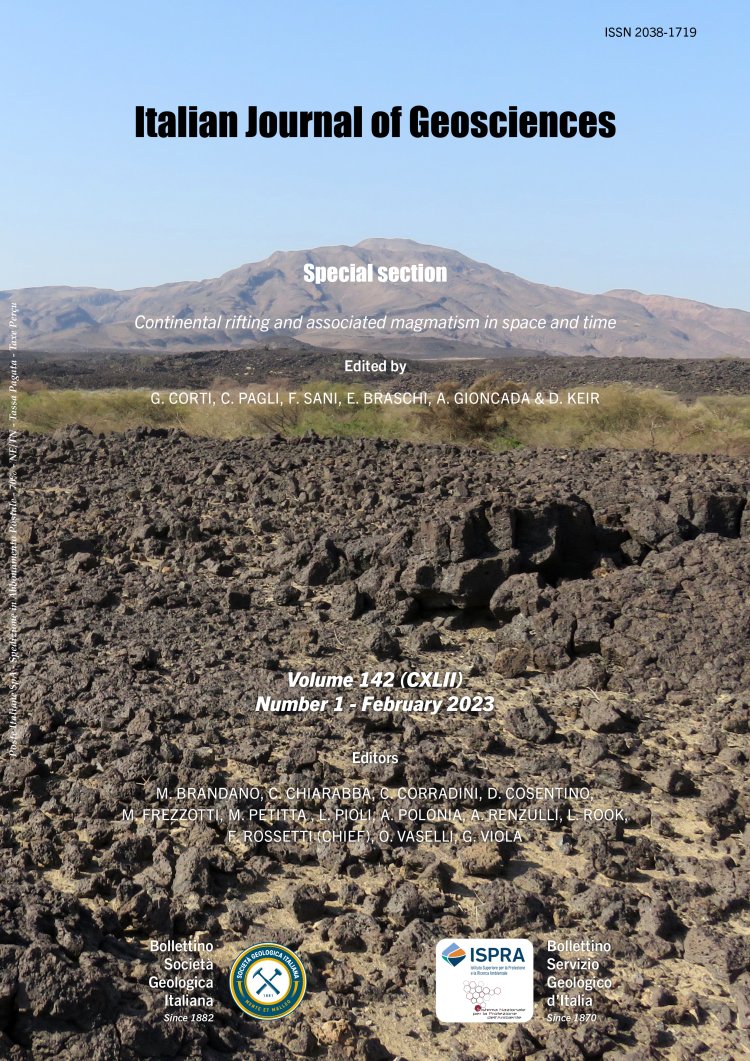
Evidence of a biodiversity crisis documented on a peritidal carbonate succession from western Tethys (Sicily): new data on the End Triassic Mass Extinction
Simona Todaro1, Manuel Rigo2,3, Lydia Tackett4 & Pietro Di Stefano1
1Department of Earth and Marine Sciences, University of Palermo, Via Archirafi 22, 90123, Palermo, Italy.
2Department of Geosciences, University of Padova, Via Gradenigo 6, 35131, Padova, Italy.
3IGG – CNR, Via G. Gradenigo, 6, 35131, Padova, Italy.
4Earth, Environmental and Geospatial Sciences (EEGS), North Dakota State University, (701) 231-6164.
Corresponding author e-mail: simona.todaro@unipa.it
Volume: 142 (2023) f.1
Pages: 122-130
Abstract
A biodiversity crisis was observed in the latest Triassic on both macro- and micro-benthic communities from a western Tethyan carbonate platform. The studied succession represented by the Monte Sparagio section consists of a continuous Upper Triassic to Lower Jurassic peritidal limestones organized in shallowing upward cycles. The subtidal facies in the lower part of this section (Unit A) contains very abundant and highly diverse fossiliferous assemblages consisting of very large megalodontoids (up to 40 cm). Up-section, a reduction of biodiversity, abundance and shell size of megalodontoids (up to 15 cm) tipifies Unit B. Similarly, in this last Unit, the average dimensions of the benthic foraminifer T. hantkeni decreases (ca. 30%). After a short interval marked by a bloom of the problematic alga T. parvovesiculifera, the overlying Unit C accounts for the recovery of the Jurassic benthic community. The geochemical analyses of stable isotopes (C, O and S) seem correlative to the drastic reduction in the Rhaetian biodiversity between Unit A and Unit B. These biodiversity crises in the Rhaetian horizons can be interpreted as a precursor of the End Triassic Extinction and provide new insights into the existence of two extinction pulses at the end of Triassic. These data are in accordance with the environmental parameters of survival in a modern tropical shallow water platform (T-factory). In particular, the sea surface temperature (SST) of a T-factory ranges from 18 °C to 30.5 °C representing respectively the minimum SST for the carbonate factory persistence and the maximum SST that a T-factory can tolerate.
Keywords
Get Full Text Supplementary Material